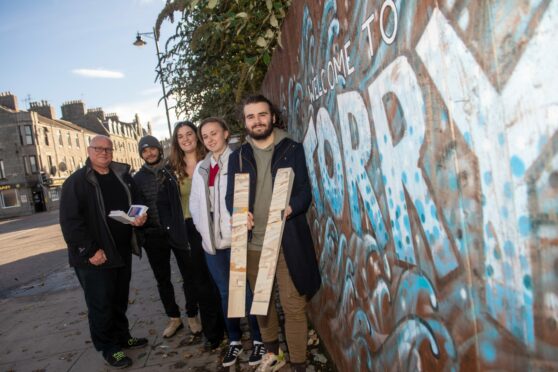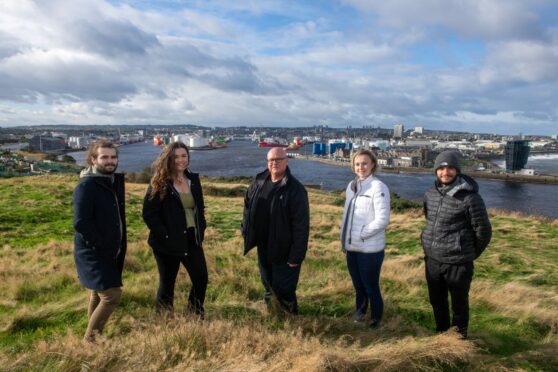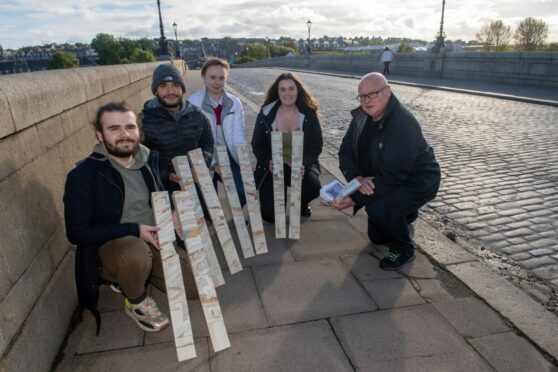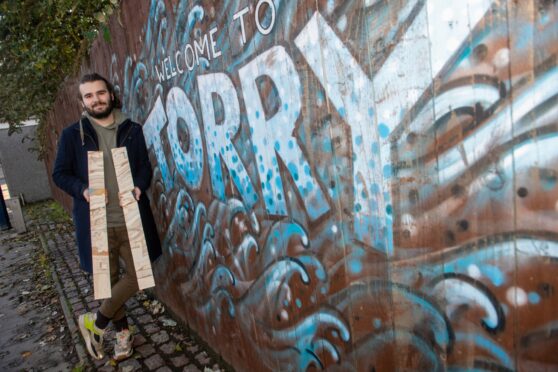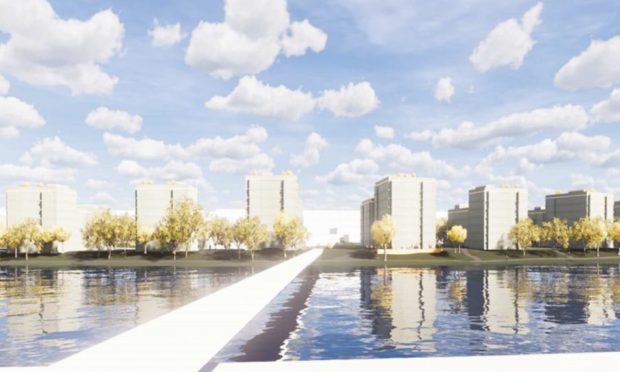The River Dee waterfront in Torry is to be “reimagined” by a group of up-and-coming architects as part of plans to transform the city.
Students from Robert Gordon University’s (RGU) Scott Sutherland School of Architecture have already revealed radical ideas to revamp the length of King Street and the beachfront.
They want to promote sustainable living and encourage people to live in the city.
Their proposals included a series of “urban villages” to breathe new life into the centre, replacing industrial facilities with entertainment and shopping venues.
Now they are planning to draw up similar ideas for Torry on the south bank of the River Dee in a bid to “reimagine the relationship between the community and the waterfront”.
Focusing on social inclusivity, the group is working on plans to harness the area’s strong sense of community and give residents places to be proud of.
At a time when many people are “questioning the validity” of city living, course leader Neil Lamb says the students will explore how people can “live sustainably” in urban areas.
Torry is an ‘incredible place’
“One of the areas we are interested in looking at is on the south bank of the River Dee, from the golf course all the way back to Queen Elizabeth Bridge and all the frontage along there,” Mr Lamb said.
“We want to see to what extent the relationship can be reimagined about how we continue to live in a city but with a different relationship to the waterfront.
“Torry is an incredible place and has a very strong community, and it will be very interesting to see what the students do working with Torry to create a new smile on its face along the waterfront.
“I do think some of the waterfront developments on the Dee have not been worthy of the Royal Deeside status. We could work harder to celebrate the waterfront better and I think that’s one of the things we hope to see coming out of the project.”
In the coming weeks the students will finalise their plans for the area, and have already started working on riggs – wooden structures which, when placed together, will form a 3D model of Torry.
At the heart of the plans are the aspirations of the people of Torry themselves, with the proposals focusing on how they can be empowered to create a “vibrant” community.
Among those involved are Joe Inman, Rebecca Hawley, Joao Luis and Emily Grundy, who are all in the later stages of their degrees and have been working to find out more about the community.
“We spent a lot of time researching Torry, getting to know the place and getting a feeling for its character, and figuring out how we could make a positive impact,” said Joe.
“We are looking at how we can empower the people to care for themselves and their community and their spaces.
“There is a real sense that Torry has a strong, vibrant community spirit, but that there aren’t many places for people to meet and use that.
“When you are walking around there are not many places which represent the community Torry has, and we want to give the people that.”
Council ‘happy to explore’ ideas
Council chiefs have already indicated they would be willing to meet the students to discuss their ideas for the city.
Marie Boulton, Aberdeen City Council’s city centre masterplan chief, praised their “really exciting” proposal for a raised walkway leading from the Castlegate to the beach, inspired by the High Line in New York.
“I would be happy to explore anything,” Mrs Boulton said.
“What we have to make sure is that it’s practical.
“We try to take lots of different viewpoints because we have to be a city for everyone.”
Earlier this year plans for nearly 260 flats on South Esplanade West – rejected by councillors for being “a bit dull” – were approved on appeal by the Scottish Government.
The development, brought forward by Aberdeen Harbour Board, was given the green light despite Holyrood officials questioning the number of flats being built in the city.
Councillors on the local authority’s planning committee had claimed the people of Torry deserved a “really iconic” building when they rejected the plans.
